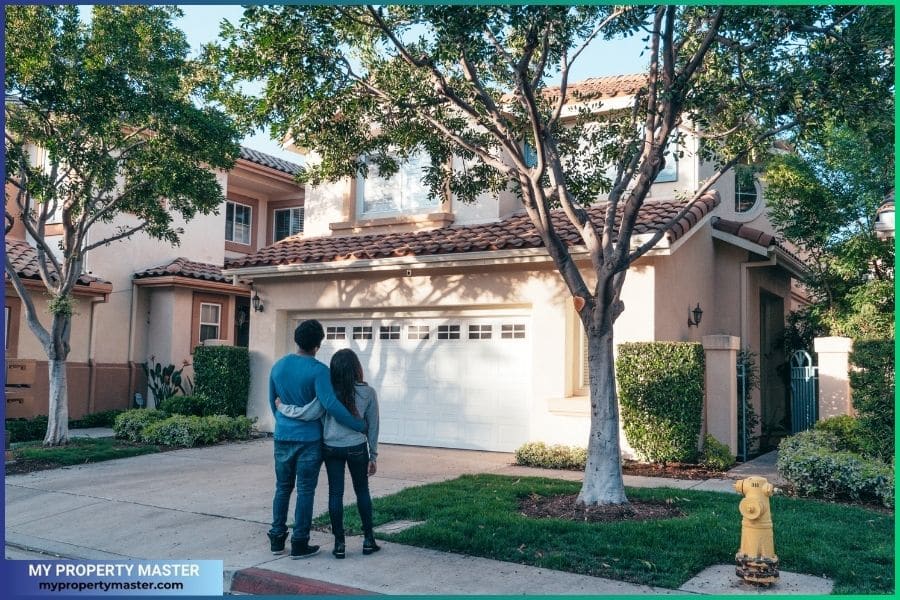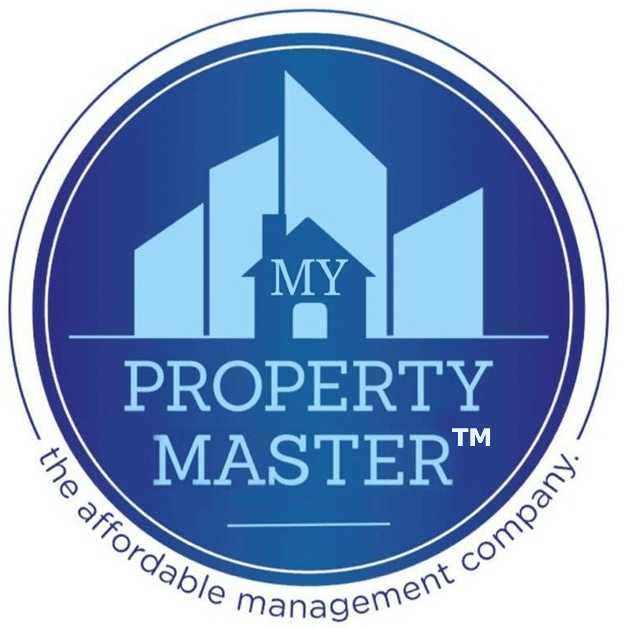If you’re a landlord and need to sell your house with a mortgage, you may wonder if it’s possible. If this is you, you don’t have to wait until the mortgage is fully paid. You can sell the house with a mortgage. But there is a system or process to do it.
In this post, I will explain how to sell your house with a mortgage and the essential aspects you should look for. Also, I will answer some other related questions that you may have.
Let’s get started.
How do you sell your house with a mortgage?

As a landlord, you can sell your house with a mortgage. After the successful sale, the mortgage lender takes the accrued amount, and you get the rest.
For example, if you sold the house for $300,000 and your mortgage due is $100,000, then you will get $ ($300,000 – $100,000) = $200,000.
Other fees may be involved, such as broker and attorney fees. You also have to spend for them or as specified in the agreement with the escrow company.
However, there are important considerations and steps to take when selling a property with an existing mortgage. Here are key points:
Get Outstanding Mortgage Balance
Determine the current outstanding balance on the mortgage. This information is crucial for calculating the amount you’ll need to pay off the mortgage when selling the property.
Read also: What is a good return (ROI) on a rental property?
Prepayment Penalties
Check your mortgage agreement for any prepayment penalties or fees. Some mortgages have penalties for paying off the loan before a specific period. Understanding these costs is essential when calculating the expenses associated with selling.
Consult with the Lender
Contact the lender and inform them that you want to sell the property. They can provide details on the process and requirements for paying off the mortgage. Additionally, they can provide a mortgage payoff statement outlining the exact amount needed to satisfy the loan.
Read also: What is the owner statement of a rental property?

Sale Proceeds and Mortgage Payoff
When selling a house with a mortgage, the sale proceeds are used to pay off the existing mortgage, and the remaining funds, if any, go to the seller.
Before listing, you should contact the mortgage lender to obtain a mortgage payoff statement. This statement outlines the total amount needed to satisfy the mortgage loan, including the principal balance, accrued interest, and any applicable fees.
The seller then determines the listing price for the property. Ideally, the listing price should cover the mortgage payoff amount and transaction costs (such as real estate agent commissions and closing costs) and leave room for the seller to receive a net profit.
Read also: Can a landlord show an apartment while occupied?
Title Transfer
It involves the legal transfer of ownership from the seller to the buyer. In many real estate transactions, an escrow and title company is involved.
Before the closing, the title company conducts a comprehensive title search to examine public records related to the property.
If the title report reveals any problems, such as outstanding liens or boundary disputes, the seller is typically responsible for resolving these issues before the sale can proceed.
Read also: What to do if the tenant doesn’t pay rent?
Cooperation with the Buyer
Coordinate with the buyer and their lender to ensure a smooth transfer of ownership. The buyer’s lender will likely require specific documentation to confirm that the existing mortgage is paid off.
Closing Process
The closing process involves various legal and financial steps, including transferring funds, signing documents, and recording the new deed.
After the closing, the signed deed is recorded with the appropriate government office, typically the county clerk’s office or a similar agency.
Then, the escrow company distributes the funds. This includes paying off the seller’s mortgage, covering transaction costs, and disbursing the net proceeds to the seller.
Read also: Can you sell a house before probate?
Real Estate Professionals – get everything done shortly and professionally.
It’s important to note that selling a property with a mortgage involves financial and legal complexities.
Contact us to sell your property in just ten days. We can buy your house in just ten days.
Can I transfer the mortgage to another person?

In some cases, it may be possible to transfer a mortgage to another person through a process called “mortgage assumption” or “assumption of mortgage.” However, not all mortgages are assumable; the lender’s approval is typically required even if they are.
Some mortgages are explicitly designed to be assumable, meaning the loan terms allow a new borrower to take over the existing mortgage. However, assumable mortgages are less common today than in the past.
Even if your mortgage is assumable, the lender typically has the final say in whether they will allow the assumption. The new borrower (assuming party) must undergo a qualification process to demonstrate their creditworthiness and ability to repay the loan.
Read also: The most common landlord-tenancy problems and their solutions.
What happens when you sell a house before paying off the mortgage?

When you sell a house before paying off the mortgage, the sale proceeds are typically used to pay off the outstanding balance.
In other words, you cannot sell a house before paying off the mortgage or without the lender’s consent/approval.
I discussed a couple of steps above for selling a house with a mortgage. The “Title Transfer” is one of them. It’s essential, and every buyer has to go through this process. So, if a landlord wants to hide the mortgage when selling, it will be revealed during the process that I mentioned above.
Read also: What does a private landlord mean?
What is the 28% rule?

The 28% rule is a commonly referenced personal finance and mortgage lending guideline.
Imagine you have a job and earn a certain monthly amount (say $3,000).
The 28% rule suggests that you shouldn’t spend more than 28% of your monthly income on things related to your house. These things include your monthly rent or mortgage payment, property taxes, insurance for your home, and any other fees related to where you live.
So, if you earn $3,000 per month, the most you should spend on all these housing-related things is 28% of $3,000, which is $840.
In other words, if your rent or mortgage and all the other housing costs add up to $840 or less, you’re following the 28% rule.
This rule is there to help you ensure you’re not spending too much of your money on your home, leaving you with enough for other important things like groceries, transportation, and having fun.
Remember, it’s a guideline to help you manage your money wisely and ensure you can afford your place without stressing about the bills.
Read also: How to clean a rental property before showing it to tenants?
What is porting a mortgage?

Porting a mortgage refers to transferring an existing mortgage when you sell your current home and buy a new one. This feature allows you to maintain the terms and conditions of your existing mortgage, including the interest rate and remaining loan balance while moving to a different property.
Imagine you have a mortgage for your current house and want to move to a new one. Here’s a simplified explanation of how mortgage porting works:
- Keep the Same Mortgage: Instead of getting a completely new loan for the new house, some mortgages allow you to take your existing mortgage with you. It’s like moving your loan from one home to another.
- Same Terms: The cool part is that the terms of your original mortgage, like the interest rate, stay the same. So, if you have a good deal on your current loan, you get to keep it for the new house.
- Qualify for the New House: You still need to show the bank that you can handle the mortgage for the new house. They’ll check your finances to make sure you can afford it.
- Maybe Some Extra Money: If the new house costs more than what’s left on your original mortgage, you might need an additional loan (a “top-up”) to cover the difference.
- Not Always Possible: Not every mortgage can be “ported,” so you must check with your bank to see if it’s an option.
In simple terms, mortgage porting lets you bring your existing mortgage along when you move to a new house, keeping the same good terms if your mortgage allows it. It’s like taking your good mortgage deal with you to your new home.
Read also: Key considerations for landlords when renting a house with a swimming pool.
Can a property have two mortgages at the same time?

Yes, a property can have two mortgages at the same time. This situation is commonly referred to as having a “second mortgage” or “secondary mortgage.” It means they have an additional loan secured by the same property where the primary mortgage already exists.
Here’s how it typically works:
Primary Mortgage
The first mortgage you take when buying a property is the primary mortgage. This primary loan is used to purchase the home or refinance an existing mortgage.
Read also: What is the owner statement of a rental property?
Second Mortgage
If the property owner needs additional funds or wants to use the property’s equity for another purpose, they can take out a second mortgage. This is a separate loan, distinct from the primary mortgage, secured by the same property.
Equity Consideration
The ability to get a second mortgage is often based on the amount of equity (the property’s value minus the outstanding balance on the primary mortgage) the property owner has in the home.
Read also: What is a home inspection?

Types of Second Mortgages
When you own a home, you might decide to get a second mortgage. It’s like having another loan on top of your first one. There are two common types:
- Home Equity Loan: This is when you borrow using the equity (the value of your home minus what you still owe on your first mortgage). You get the money upfront and pay it back over time with a fixed interest rate.
- Home Equity Line of Credit (HELOC): It’s like having a credit card tied to your home’s value. You can borrow money up to a certain limit when you need it. You only pay interest on what you use, and the interest rate can change.
Read also: List of handyman services and their meaning.
Second Mortgage Lien
When a second mortgage is removed, it creates a secondary lien on the property. The primary mortgage has the first lien, and the second mortgage has the second lien.
It’s important to note that having two mortgages increases the financial obligations of the property owner, as they are responsible for making payments on both loans. Additionally, when considering a second mortgage, individuals should carefully assess their ability to manage the increased debt and understand the terms and conditions associated with the new loan.
Read also: Never hire property maintenance companies until you read this.
Wrap up
Selling a house with a mortgage is possible, and this post has outlined the key steps and considerations for landlords navigating this process. The journey involves legal and financial intricacies, from determining the outstanding mortgage balance to coordinating with the lender and buyer.
Additionally, insights into mortgage assumptions, the 28% rule, and porting a mortgage provide valuable knowledge for homeowners.
Remember, while a property can have two mortgages simultaneously, careful evaluation of financial capabilities and understanding the terms of each loan is crucial.
For a smooth and professional experience, real estate professionals are available to assist in selling a property within a short timeframe.






